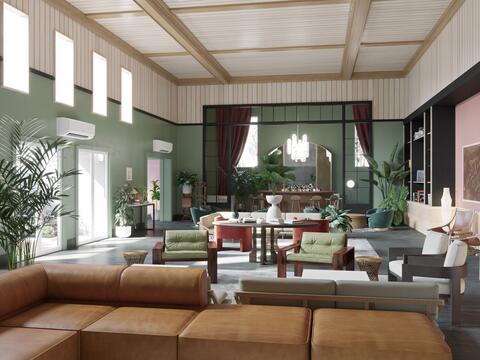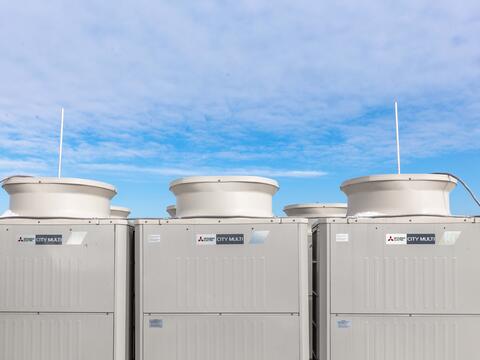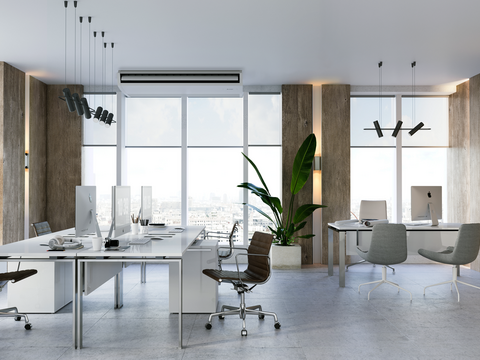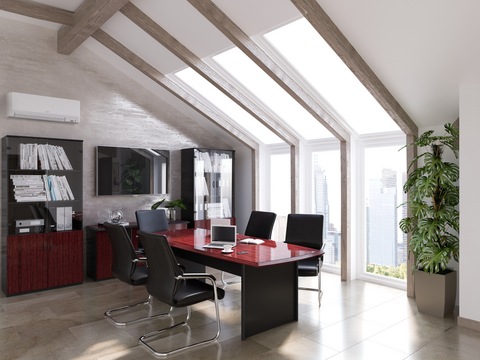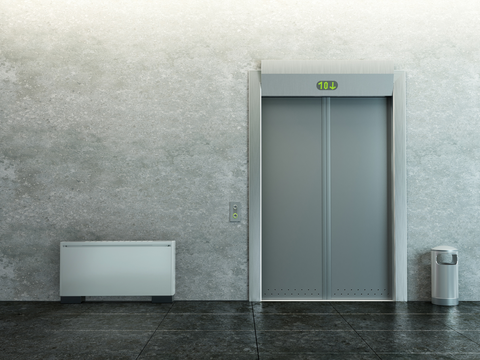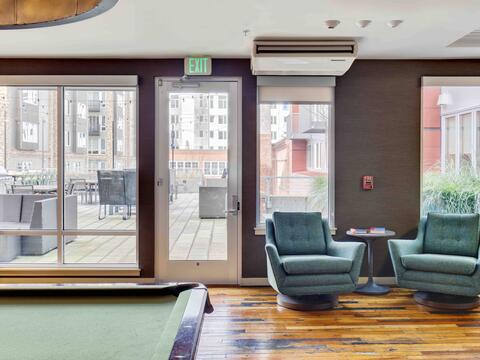Solar Secrets to Energy Savings
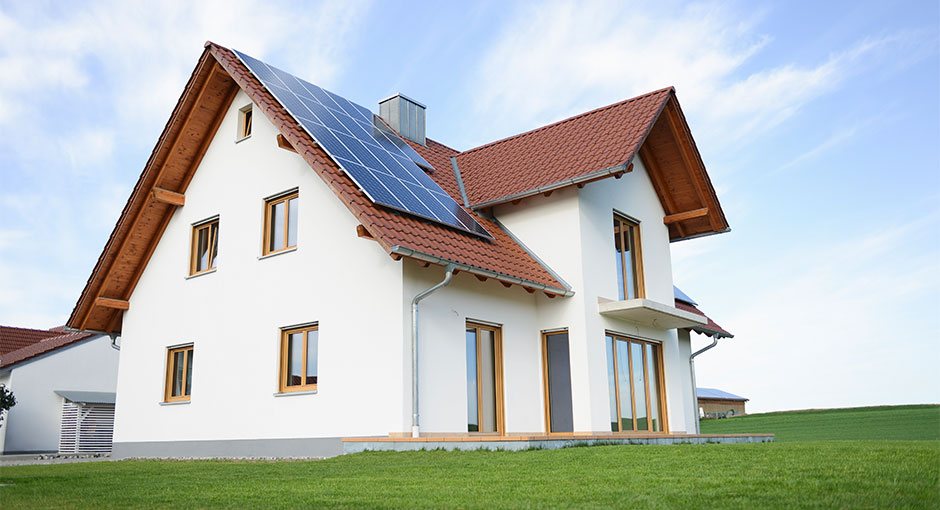
What if you could own a home that’s comfortable in all seasons, have top-of-the-line indoor air quality and save significantly (or even receive payback) on your utility bills? You can.
Passive solar-designed homes take advantage of the sun’s path over seasons to reap these benefits.
A TIME-TESTED METHOD
Solar design is not new. It was used by ancient civilizations to escape extreme heat. Today’s designers have updated the technology with modern materials, methods and software so that the concept could be applied to modern homes.
Solar-designed homes can be 5 – 10% more costly to build than conventional residences but are less expensive over time due to the minimal energy they use and less frequent maintenance. They maximize comfort by using natural light, ventilation and energy from the sun to supplement mechanical systems.
Homes such as these are often coupled with highly-efficient mechanical equipment, such as a split-ductless HVAC system, to further increase the comfort level of the home while maximizing efficiency. Below, we detail factors to keep in mind when developing a solar-designed home.
UNDERSTANDING SOLAR GEOMETRY
To effectively build with solar in mind, builders must understand solar geometry, window technology, thermal principles and the local climate. The residence should be well sealed and insulated so it retains the maximum heat in winter, and coolness in summer.
SOUTH-FACING WINDOWS
To help retain heat in the winter, designers should make sure the home has an unobstructed view to the south.
Windows or other devices that collect solar energy should be large and face within 30 degrees of true south. During the heating season, windows should not receive much shade between 9 a.m. and 3 p.m. Glass naturally lets in sunlight and traps heat radiation.
UNOBSTRUCTED RAYS
In urban areas, solar designers should take into account the possibility of future neighboring developments shading the property. They should build houses at the north end of a south-facing property to ensure unobstructed access to the sun even if neighbors build nearby.
Only a few windows should face north. Designers should place some windows on the east and west sides of the house for daylighting and cross-ventilation.
High-quality windows that are tightly constructed and have at least double-insulated glass are also advised for energy savings.
WINDOW SHADING
During hot months, property owners can shade windows so they don’t overheat by using trees and roof overhangs. On cool nights, reduce heat loss by hanging insulating window blinds or drapes.
Solar energy moves into the house by three methods: direct gain, indirect gain and isolated gain.
- Direct Gain: In direct gain, sunlight enters through windows and hits masonry floors and walls, which act as a thermal mass, absorbing and storing solar heat. At night, when temperatures drop, the floors and walls release heat into the home and warm the air.
- Indirect Gain: In indirect gain, a storage mass such as masonry or water collects and stores heat directly from the sun and then transfers it to the interior space. Builders can choose from several indirect gain passive systems, including roof ponds, water walls or Trombe walls, which are masonry or concrete walls covered externally with a glass skin.
- Isolated Gain: In isolated gain, a separate room enclosed by large windows absorbs the sun’s rays. This is typically seen in sunrooms, solariums or solar rooms.
Passive solar home design can lighten the heating and cooling load. The remaining load can be met by an efficient heating and air conditioning system, such as a split-ductless heat pump, that conditions a home using by using only the precise amount of energy necessary.


